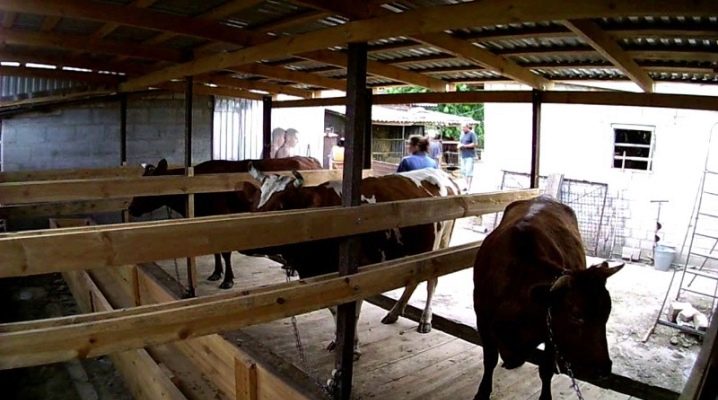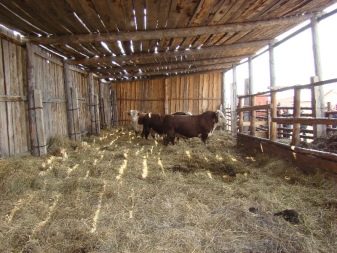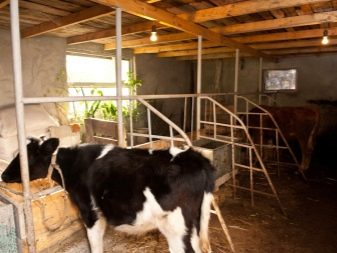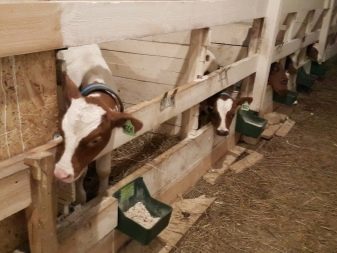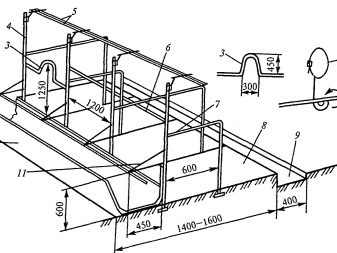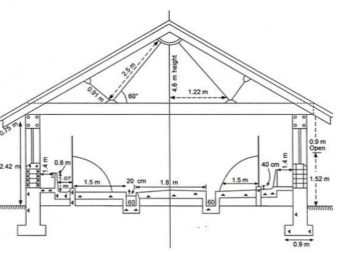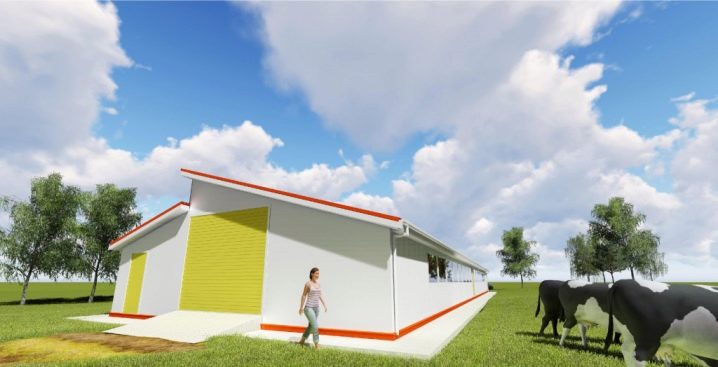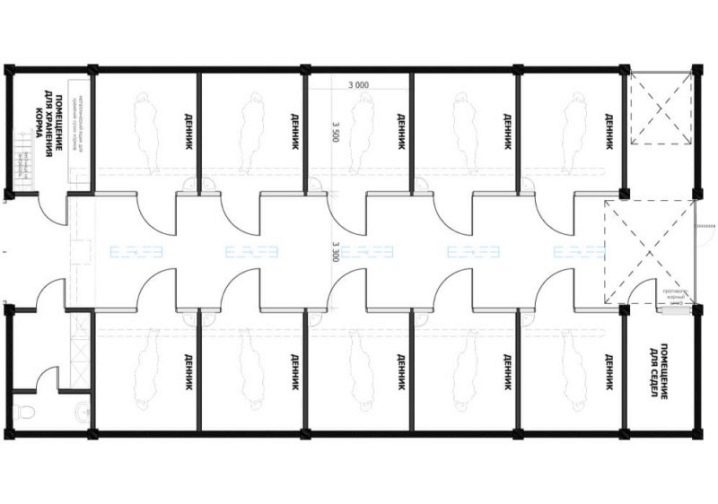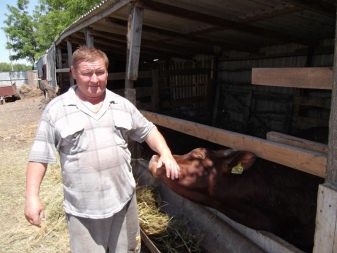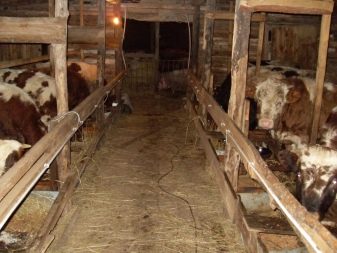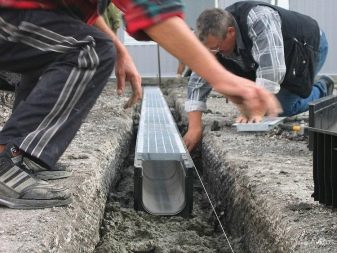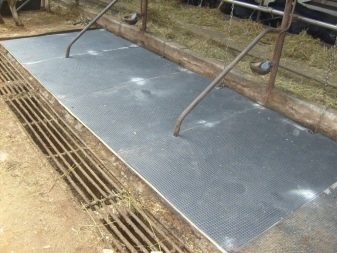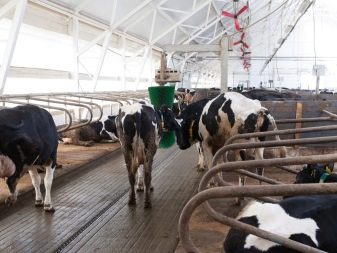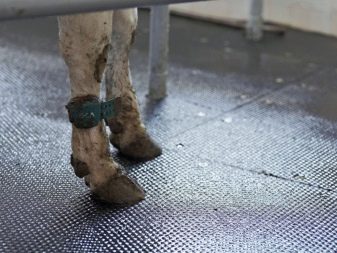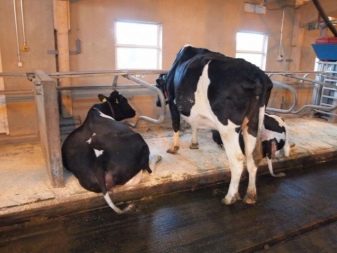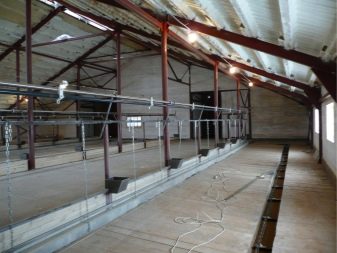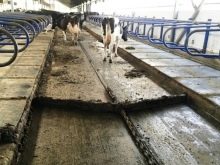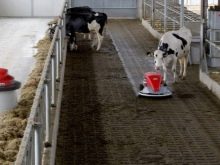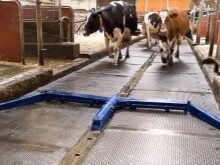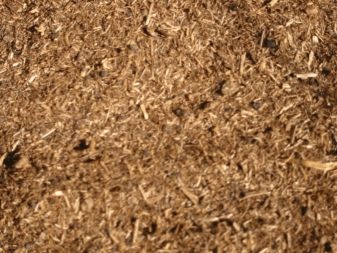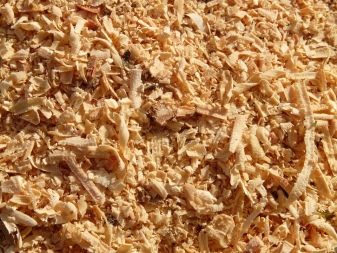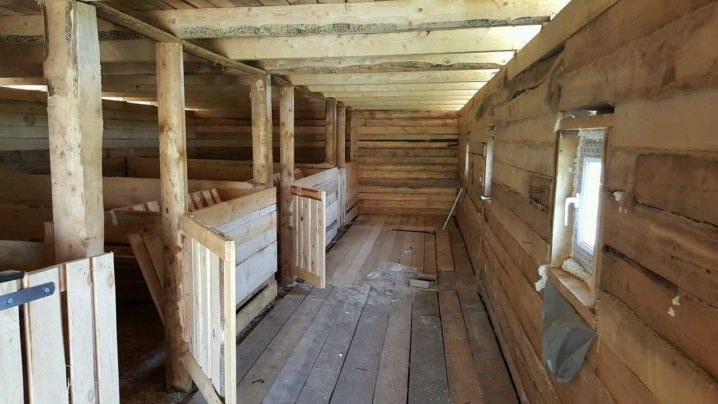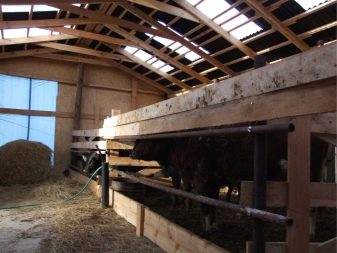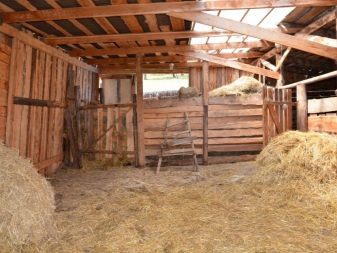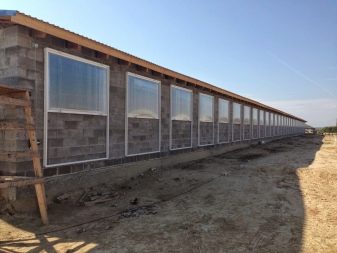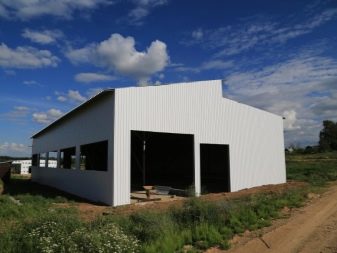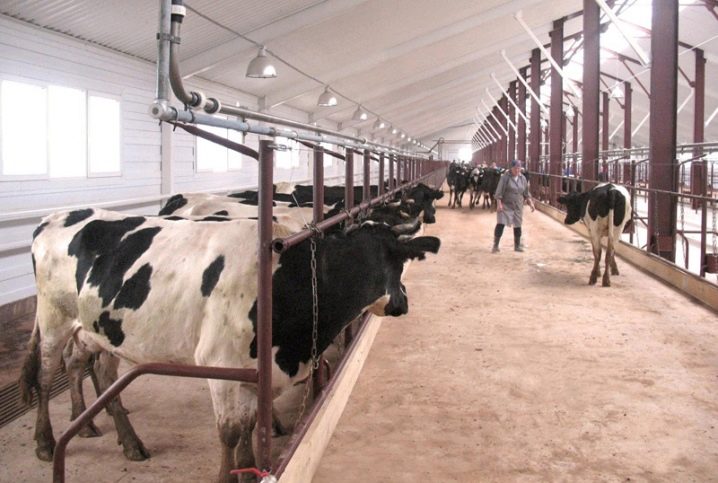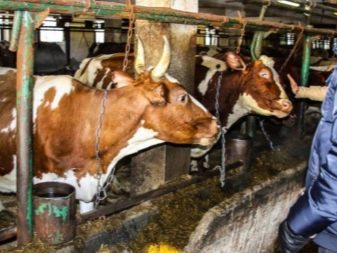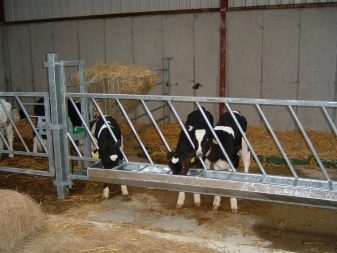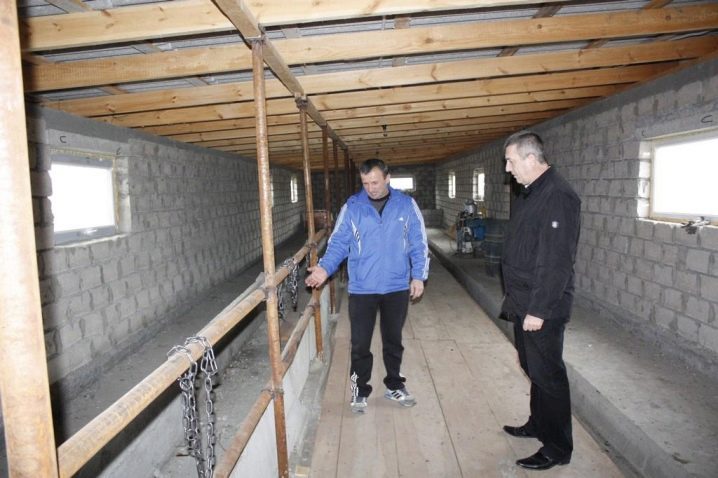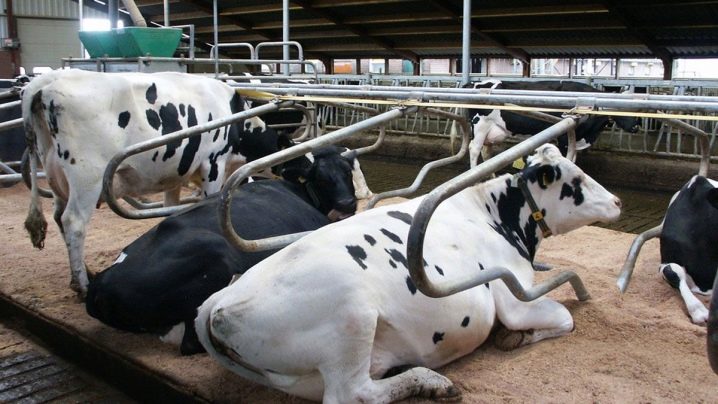How to build and equip a bull shed?
Any animal requires not only food, water, but also special conditions for keeping. In this regard, bulls are noticeably more complicated than cats or dogs, of course. All those who are going to grow them, must carefully prepare, take into account the slightest nuances.
Requirements
The pens for the bulls are about the same as housing for a man, even more. They themselves can not take care of themselves in due measure. Everything falls on the shoulders and heads of the owners, everything needs to be foreseen and thought out, carefully fulfill the basic norms. In a dwelling for livestock, he will spend at least 10 hours out of 24 every day.
In the cold season, sometimes the animals are there around the clock, or they make only rare exits outside.
In preparing the stall economy, you need to focus on your own material capabilities, available space. However, there are also standard technical requirements.
These include:
- the safety of the animals themselves, their owners and other people;
- high-quality fixation of livestock during various jobs;
- unhindered access to water and feed, but with the possibility of stopping feeding and watering;
- opportunity for every bull to get up and lie down, get out and enter;
- reduction to the minimum possible number and duration of work.
Even in the worst weather, you should try to bring livestock out. To minimize the harmful effects of meteorological conditions, it is required to prepare a paddock for walking. It is recommended to do it in the form of a platform of at least 500 m2. Such a platform should be covered with a blind canopy on top and partitions on the sides. The fence is designed to eliminate the arbitrary care of the bulls, boards or bars are used to build barriers.
Size Plan
Suppose you want to plan a convenient bull shed for 10 heads (for convenience of calculation). Speaking of sizes, one should start not with the buildings themselves, but with how far they should be removed from other objects.
It is recommended that the distance to a dwelling house and to a well or water stand, to ponds, lakes, streams and rivers is 20 meters. Only in case of urgent need can this distance be reduced to 15 meters.
If possible, bring the barn to the gardens and gardens - then less will have to carry manure and it will be easier to saturate the soil with natural fertilizer.
Standard sizes are 110-120 cm in width and 170-210 cm in length, if you plan to keep an adult bull. For your information: for a fully developed cow, the standards are the same. Oddly enough, for young bulls the requirements are noticeably tougher. They need a width of at least 125 and a length of at least 140 cm. Although, if you think about it, it becomes clear that it’s all a matter of increased physical activity.
Bilateral sections are equipped with walkways, the width of which is usually 1.5 m. The usual height of buildings is not lower than 250 cm. But if they are 300 cm high or even a little more, it will not cause any negative consequences. It should be borne in mind that the feeders must be separated from the stalls. If the pairs escaping from the bull's nostrils will condense on the feed, they will rot constantly.
Stages of construction
Floor and ceiling
To build a floor and a ceiling with your own hands means to do almost the most important part of the work. Everyone who has seen livestock at least once knows that it constantly serves as a source of solid and liquid mud in various forms. It is necessary to accumulate this dirt, as normal development is immediately depressed, meat productivity and endurance fall. Pets become lethargic, prone to all sorts of ailments, including infectious origin. Each outbreak of such diseases strongly affects the reputation of the owners, and their wallet, disorganizes the rearing of animals.
Therefore, care must be taken to ensure that no contamination lingers on the floor of any kind. In this regard, careful selection of materials is extremely important. Many of them are able to absorb liquid or become covered with heavily-removed stains. What to say about those products that are easily saturated with odors. In the barn, their already pretty.
The flooring is mounted 100 mm above the ground, trying to make it completely waterproof. The recommended inclination level for drains is 30 mm, but it is also important that it is not recommended to exceed this indicator, even if it is obvious that the quantity of drains will be quite large.The risk to the health of the animals themselves with an excessively large floor slope makes them ignore such considerations, it is better to work a little more.
During those centuries that man dedicated to cattle breeding, many variants of gender were proposed. However, one of the best types is the combination of clay and wood. In most cases, limited to driving boards in a layer of clay. This solution allows you to perfectly remove the manure and guarantee a long service. It is not always possible to apply a similar approach.
Then you need to consider an alternative way - laying out wooden shields. Their advantage is that it is possible to remove the shields and clean them without disturbing the integrity of the base, and then return them to their place. Important: it is 100% unacceptable to cover the floor with concrete. It looks practical, but too high hardness is a threat to the hooves. In addition, the concrete layer transmits heat.
But even the best solutions do little to help when there is a lot of animals to keep. In such cases, it is necessary to equip the floors with special collections of liquid manure. The tank should be very significant, its minimum width is 120 cm.For the flow of fluid into the container, a special chute is formed.
It is usually constructed at the farthest part of the stall from the entrance (since there is the most dirt there, and it is very difficult to remove it).
You can not just confine yourself to the pure floor. Even the best boards and clay, if the premises for the bulls delivered in the warm regions of the country, do not cope with the insulation completely. Be sure to prepare a special litter.
To obtain it can be used:
- peat;
- straw;
- sawdust.
The thickness of the protective layer is always about 300 mm. Among the options for it in the first place are exactly sawdust. They perfectly absorb water and do not cause damage to livestock. Subsequent cleaning is not particularly difficult. Choosing an option, you must immediately give preference to the one that is easier to maintain in a dry state.
Foundation, walls and roof
Professionals believe that monolithic foundations are preferable by technical properties. The grounds have no equal rivals in strength and stability. However, its use is worth a lot of money. Therefore, in practice, the inseparable base is prepared only for brick walls.
If the building is made of wood or even on the basis of a metal frame, the carrying capacity of the monolith is excessive.
Wanting to save money, reduce the complexity of the work, it is necessary to fill the posts. A similar base is formed quickly. If the load is large, the design will not stand it. Because the pillars are used when you plan to keep a small number of bulls in a wooden barn. This means that the most common use is a compromise variant - filling the tape according to the classical technology.
Regardless of the type of foundation, waterproofing is required. What kind of material to do it depends on personal preferences, there is no particular practical difference between them. As for the walls, there is one subtlety.
A wooden stable is done only for 8–10 heads of cattle. In addition, the disadvantage of wood is a very rapid degradation.
You can get away from this problem without encountering expensive brick by using foam concrete and aerated concrete. When forming walls, from any material you still need to take care of ventilation. The holes for it should have a small value, which is sufficient to maintain the optimal thermal conditions. For the winter, the ventilation channels will have to be blocked.Therefore, they should be made from the very beginning in such a way that maintenance is easier.
Like the floor that has already been characterized, the roof in the bulls room must be impermeable to water. The slightest raindrop or melting snow will adversely affect the condition of the livestock. Most of the cowsheds and bull sheds are covered with slate. It will last a long time and is relatively cheap. When the attic is not created, the roof is warmly insulated from the inside.
Windows and doors
The minimum area of glazing is 1 square. m. for every 10 square meters. m. square barn. Of course, it is inexpedient to install very expensive and exclusive double-glazed windows. However, it is quite rational to use well-warmed double structures.
Any room where animals are kept must have two doors. They are placed in opposite sides to facilitate evacuation in case of fire and other extreme situations.
Communication
In tethered stalls, it is impossible to do without high-quality lighting, because in winter a short daylight hours have a bad effect on bulls. And therefore it is required to perform electrical wiring according to all the rules.Most often used LED lamps, as the most economical devices. It is recommended to mount them on walls and ceilings where animals are guaranteed not to reach. In this case, it is necessary to take into account the convenience of service.
Any stall necessarily be equipped with drinkers and feeders. To bring water pipes to these places is quite justified, since it is there that a lot of dirt is collected. It is useful to provide for the connection of the hose, with which you can water and wash the barn. If possible, connect the pen to a central sewer. After all, even if all the manure is collected, you still need somewhere to drain the water after washing the bulls and the floor on which they stand.
Interior arrangement
When preparing the stall (pen), attention is paid not to one width of the structure, but to its other sizes, as it may seem. It is very important to choose such materials that will help guarantee the safety and tranquility of animals. It is impossible to ignore the fact that tethered and loose-housing content requires quite different approaches. When a room is being prepared for the tethered placement of the bulls in a small amount, boards and pipes can be used.
Occasionally in such cases a brick is used. Be sure to have the animals face to the trough and tail to the drain ditch. But even with such a device is required to take into account the specifics of breeding different breeds. The tether method implies that the stall is the main platform for the life of bulls. As a result, significantly increased requirements for its quality.
The most favorable option is a stall with a width of 1.2 m. If necessary, it is easy to repurpose such a pen for other animals or change the breed. One row holds up to fifty stalls. They are placed so that the forehead looked in the forehead, and the tail approached the tail. In contrast to the barn in the true sense of the word, for the bulls you need to form a fairly strong structure, equipping it with a stable position to secure the shortened leash.
Otherwise, it looks like a stall for free-keeping adults and young bulls. Since in this embodiment it is necessary primarily for the recreation of animals, for the most part they lie there. It is enough to form a well-fenced territory, which is selected according to the size of the animals. If the stall is located close to the wall, its length should be at least 3 meters.
Too short a territory contributes to the continuous pollution of the organs of the animal most prone to pollution.
Often pens for bulls kept without a leash are made sliding, which allows you to adjust the value. The width changes when the side tubes move. To affect the length, it is necessary to manipulate the bar. The disadvantage of this solution is that it is impossible to build a suitable stall of steel pipes without using welding. Obviously, this requires special equipment and special skills.
How to build a barn with your own hands, see the next video.
